I'm working on a doppler radar based on the HB100 module. I want to sample the signal using a microcontroller and display the speed on a LCD. But I want to have the analog front-end working properly first.
I built the amplifier recommended in the Application note on a perfboard. Here's the application note : https://www.limpkin.fr/public/HB100/HB100_Microwave_Sensor_Application_Note.pdf
Here's the schematic :
The problem is that the circuit outputs a 50 Hz hum while there's nothing moving in front of the module. As soon as there's something moving in front of the sensor, the hum disappears and the circuit behaves as it should. Here's a video that shows the signal on an oscilloscope :
I saw that the signal looks decent after the first amplifier. It has about 30 mVpp noise and a 3,5 Vpp signal when I'm moving my hand close to the module. After the second amplifier, the noise is about 1,8 Vpp and the signal is about 3,5 Vpp.
What could be the source of the noise ? Is it because of the perfboard construction ?
Should I just remove the second amplifier ? Will this cause a massive loss of the radar's range ?
Any suggestions would be highly appreciated.
Thank you.
